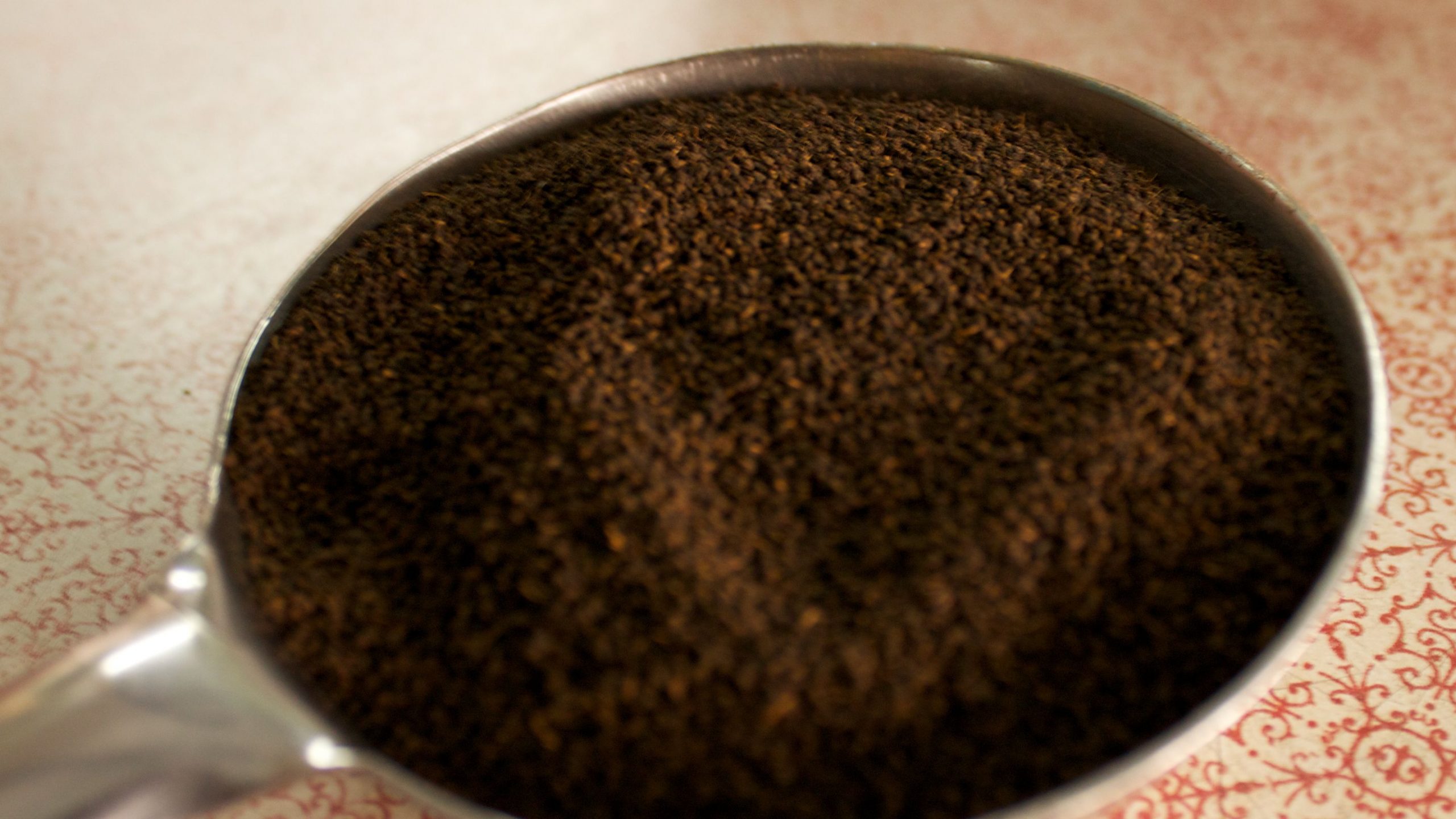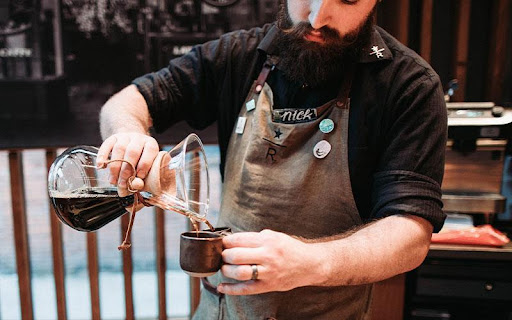CTC (crush, tear, curl) is one of the most popular methods of processing black tea. The method uses a series of mechanical rollers that crush, tear and curl the tea leaves into small pellet-like grains.
CTC tea originated in the 1930s in the Assam region of India. Since then, it has become the most popular form of tea in the country, with over 80% of domestic tea produced using the CTC method. It is also in demand internationally, with the major exporter markets including the United Kingdom and Ireland.
So, what makes CTC tea so special and why has it become so popular? To find out, let’s take a look at the history of CTC tea, its main characteristics and how it differs from whole leaf tea.
Origins and manufacturing process
When the British began tea production in Assam, they discovered that some aspects of the traditional Chinese tea-making methods didn’t work as well in India’s more humid climate. For example, during the withering stage, the tea leaves would rot in the humidity instead of drying out and developing a good aroma and flavour.
The first CTC machine was brought into a tea garden in Assam in the early 1930s. The machine used a number of cylindrical rollers that crushed, tore and curled the tea leaves until they were turned into small pellets. The stresses and pressures exerted by the CTC machine broke down the cells of the tea leaves, allowing them to fully oxidise. This oxidation is what gives the tea its rich dark colour, its aroma and its strong flavour.
Because a large part of the CTC process uses machinery, it is a more time-effective approach compared to the traditional leaf method. In fact, it was through the CTC method that suppliers in the 1950s were able to meet increasing market demands in India and in countries across Africa.
As a contrast, the traditional leaf method involves rolling full tea leaves into strips by hand. This approach requires more time and more human labour. As a result, leaf tea is generally more expensive than CTC tea.
Naturally, the accessibility, the affordability and convenience of CTC tea has made it an extremely popular choice in South Asia and around the world.
CTC tea vs. leaf tea
- Flavour
One of the main features that separates these two tea types is flavour. CTC is more robust in flavour, with a rich and somewhat bitter taste. Its strong liquor allows the astringent notes to come through even when mixed with milk and other spices. This makes CTC tea an ideal base for making masala chai (or mixed-spice tea).
CTC tea is also known for its homogenisation. Indeed, the CTC process gives the tea liquor a rather generic taste, which can mean losing the subtle, layered notes of whole leaf tea.
The orthodox method, on the other hand, is able to blend various types of tea including, oolong, white, black and green tea. Because of this, whole leaf tea has a more delicate taste, often featuring smoky, fruity and earthy notes. Orthodox tea is often considered more ‘authentic’ as its flavours aren’t ‘processed’.
Of course, this is all down to personal preference. Some prefer the standard, homogenised taste of CTC. Indeed, the consistency of CTC tea means the customers know what to expect when they purchase the products.
- Number of infusions
On average, whole leaf tea can be used for two or three infusions. The more you use the leaves, however, the weaker the flavours become. That being said, there are drinkers who prefer the subtlety of weaker infusions.
With CTC tea, you’ll likely only get one infusion. This is because the smaller grains allow the flavours to be released quickly during the first steeping process. If you try to steep it for a second time, you’ll likely find that most of the flavours are gone.
That was just a quick introduction to CTC tea. At the end of the day, it’s all about personal preference. Both CTC and orthodox tea have their respective pros and cons. The best way to find out which one is right for you is to try them both. Buy different products and experiment with different infusions – you might just discover a taste that you didn’t know you liked.






